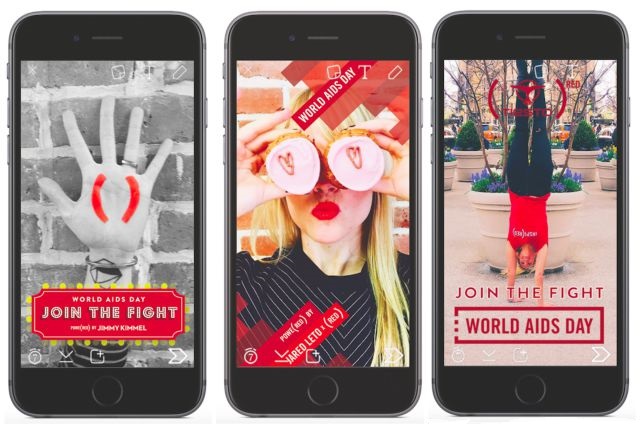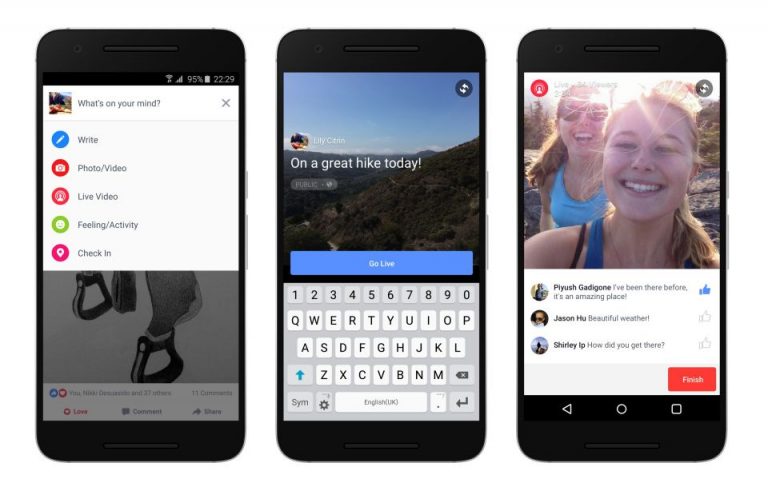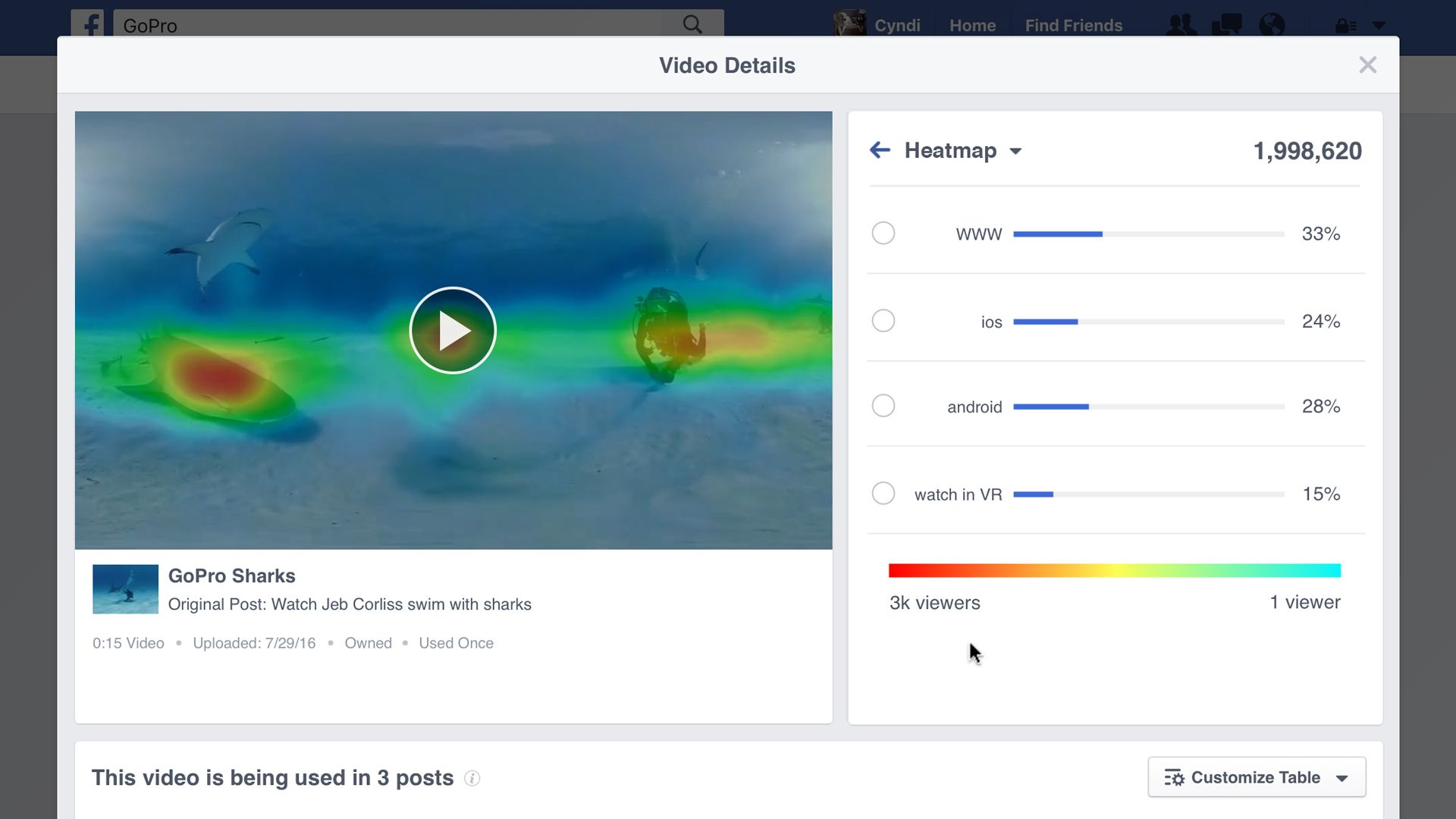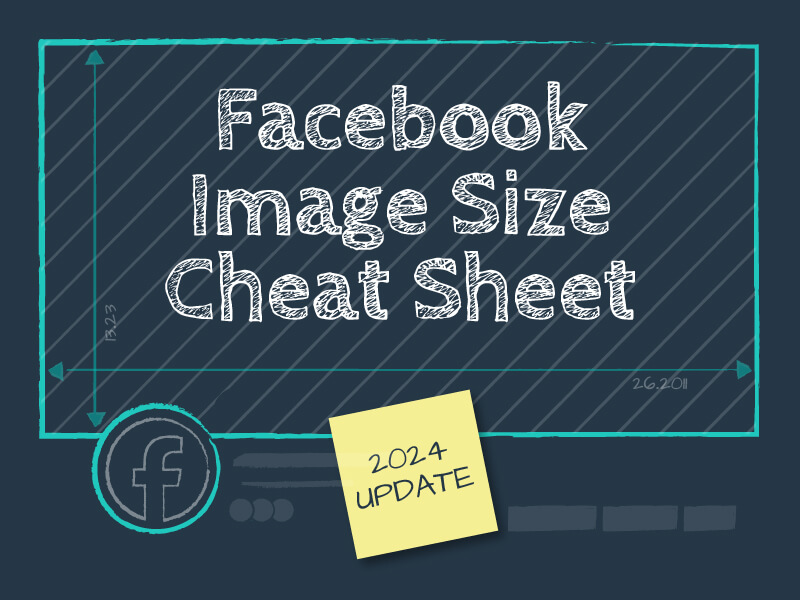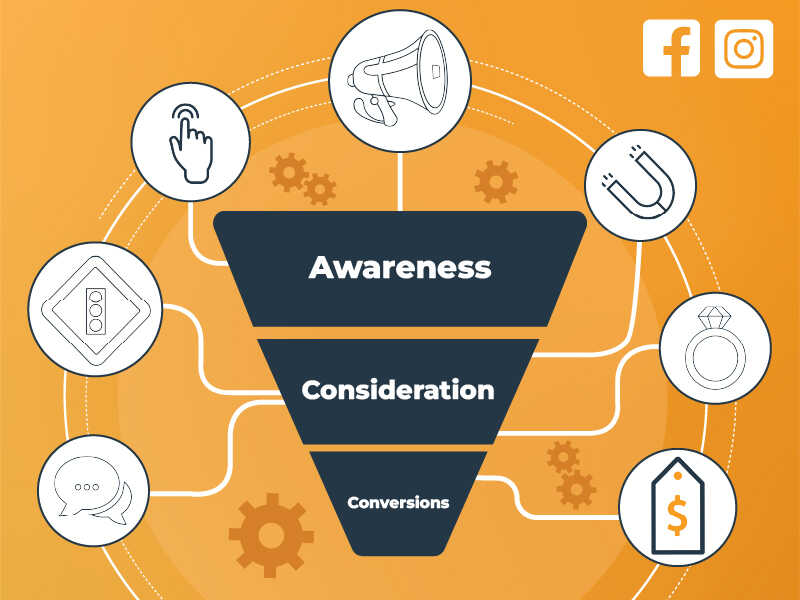As we enter the new year, it’s hard to overestimate the importance of video marketing. With so many new video platforms and technologies available to audiences, marketers have to keep their fingers on the pulse of emerging methods and tools. Otherwise, they’ll be left wasting significant marketing dollars creating content that’s too dated – in content, form, or both – to find its desired audience.
Most social media companies are actively promoting the creation and sharing of video content on their platforms. They do this by embracing new technologies like live and 360-degree video (more on this in a bit), or by tweaking their algorithms so that video content is seen by a higher percentage of active users.
Snapchat Marketing Can Be Participatory
The goal of every marketer is to engage the viewing audience. One of the best ways to accomplish this is with participatory content. Participation can take many forms: contests, surveys, and live events all included.
One way that participation can help boost video content engagement is through Snapchat’s branded filters. Snapchat filters are graphics superimposed on top of photos or videos taken in the app. Some are simply tacked on top of the original image while others alter it completely, even modulating human voices. To cycle through the different filter options, the user simply scrolls left and right on the camera screen. Some filters are mainstays, while others exist for just a limited time.
Branded filters belong to the latter category and are often tied to a specific event, like a movie release or product rollout. It’s a pretty remarkable opportunity to engage users, considering you can literally get them to wear your brand on their face as an emblem and send it to their friends.
Live Video Is Lit
Facebook rolled out its live video feature, Facebook Live, in December of 2015, but it didn’t get a chance to really make its mark until spring of this past year, when Candace Payne, AKA “Chewbacca Mom,” gave us all a much-needed belly laugh.
Facebook Live isn’t just for lovable moms in Kohl’s parking lots, though; it’s proven to be an extremely effective video marketing tool for brands of all sizes and industries. Much like Snapchat’s branded filters, live video is a boon for marketers because it creates real engagement with users. Whereas Snapchat’s filters build engagement via visual attachment, live video does so through its intimacy. Watching it feels like a real performance, one that wasn’t curated or edited in advance.
Also, viewers can actively engage with the person on video with Facebook’s (also relatively new) full arsenal of “Reactions.” Whenever a viewer clicks on one of the Reactions (Like, Love, Haha, Wow, Sad, and Angry), they are represented by icons temporarily floating up through the video itself.
Considering Snapchat has held the majority of the market on unpolished content like this for a few years now – and considering Facebook’s famously unsuccessful bid to purchase Snapchat – this aspect of live video’s success is integral to Facebook’s overall success moving forward.
Social Channels Are Going Mid-Roll
Over time, Facebook has become extremely adept at leveraging the extensive user data at its disposal. Advertisers can execute far more effective campaigns using information on users’ gender, age, location, political views, relationship status, education status, and workplace.
Recently, these targeting methods have been paired with Facebook’s aforementioned robust video marketing platform to give businesses even more engaging advertising opportunities. The company announced this week that they will be offering new mid-roll video ads, which will run interstitially, in the middle of publishers’ videos. The revenue generated will be shared between Facebook and the publishers themselves.
Only a few days after this announcement, news came out that Instagram (owned by Facebook, remember) would be rolling out similar mid-roll video ad formats. Including the ad as a break in the original video (as opposed to immediately before, or pre-roll) will allow brands and publishers to get a more complete sense of user engagement. If someone is willing to sit through the ad portion, they are showing more engagement than a user who bounces immediately after the ad starts playing.
For similar rollouts in the past, Facebook started out with extremely publisher-friendly revenue-sharing arrangements that eventually evolved to be a bit more self-serving. It remains to be seen how users and publishers will react to the mid-roll ads, but there will likely be major revenue opportunities for businesses of all sizes and industries along the way.
Video Marketing Is Coming Full Circle
Amidst all the video marketing trends of the past year, one sticks out to me: defining the word “video” itself became far more complex. There is a seemingly endless string of new technologies and iterations cropping up, constantly changing the video landscape. One of the most noteworthy ones is 360-degree video. This technology allows the viewer to drag the screen in different directions to simulate looking around at all angles, much as one might do in real life. Facebook has an entire page devoted to its progress in the field, complete with info on both 360-degree photos and videos, lists of 360-degree-friendly cameras, and information specific for brands and publishers.
One interesting inclusion on the site is a section on insights from branded 360-degree video for businesses. For example, information is given on how to interpret heatmaps in a 360-degree context. You can see when and where users move around within your video, lending a sense for which moments and aspects they found most engaging. This is a major development in the world of video marketing, considering the relatively unenlightening metrics marketers have been privy to so far, such as viewing duration and bounce rate.
Now, Twitter is getting in on the action as well. Twitter recently announced that it would enhance its live streaming Periscope feature with 360-degree video. The feature will work similarly to Facebook’s version, with only select partners able to take advantage of it for at least the first few weeks.
As TechCrunch notes, the author of Twitter’s announcement post was Alessandro Sabatelli, the company’s director of AR and VR. This sheds some light on a more specific direction the company would like to go in with their new video technology. As we already know, AR and VR have been heralded as the next big thing in content marketing for some time. While the acceptance into mainstream usage has been slower than many predicted, we’ve already seen one AR phenomenon surge to immense popularity in 2016: Pokémon Go.
In the near future, more advanced forms of the technology will likely experience similar moments in the sun. While Twitter has suffered a fairly rough year in terms of user growth and performance on Wall Street, this figures to be a smart bet – one that may help trigger the comeback second-stint CEO Jack Dorsey so badly needs.
There’s nothing new about video marketing. In fact, since the fifties, the most mainstream and talked-about avenues of marketing and advertising have been television commercials. Now, many of those same tried-and-true video advertising techniques are being transposed onto new mediums and technologies. For businesses hoping to grow their audience and revenues, keeping tabs on best practices for those emerging platforms will be paramount.



